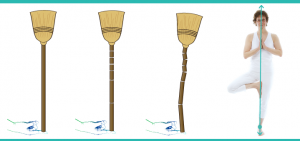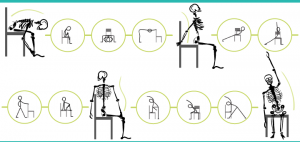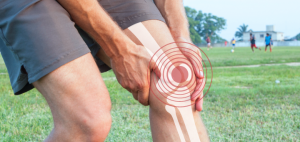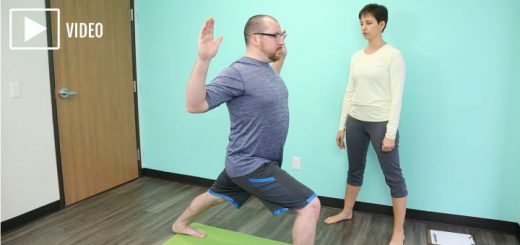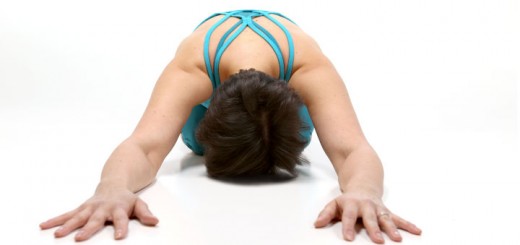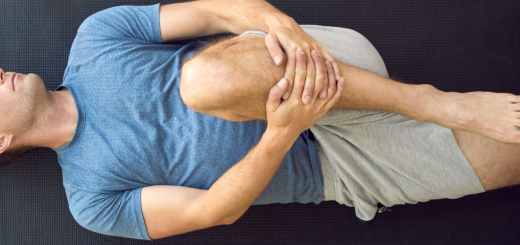With 2016 soon coming to a close, let’s take a moment to look back at the ground that we’ve covered. This year we focused on three major topics: axial extension poses, balance and chair yoga; we covered them in depth and featured several yoga practices to illustrate main points. We also discussed best yogic approaches to working with shoulders, knees, wrists and ankles, and published several articles on office yoga. And while this year we focused a lot on the structural benefits of yoga practice, we cannot forget that ultimately yoga is about living a fulfilling and joyful life.
And this is exactly what we will focus on next year. In 2017 we will shift our focus from anatomical details to explore the incredible power that yoga has to transform our lives. We will take a look at what it takes to reside in a place of stability and ease at every level: physical, physiological, mental, emotional and spiritual. It will be quite a ride – and I hope that you will join us!
For now here is a quick overview of our articles from 2016 (in case you missed some 
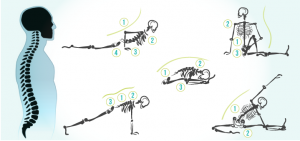 How do you know what a yoga pose is meant to accomplish?
How do you know what a yoga pose is meant to accomplish?
I believe that there is often not enough “why” in yoga classes, which is being compensated for and overshadowed by “how”. That is why we have great fascination with forms of poses at the expense of function. Whatever we do in yoga we need to do for a reason, otherwise why bother? Read more >
Axial extension poses
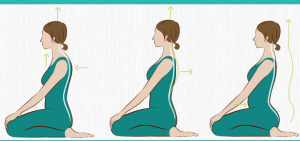 Why do we lengthen upward? Four types of axial extension postures
Why do we lengthen upward? Four types of axial extension postures
Balance
Why do we need to work on balance?
How to align the body in balancing postures
Chair yoga
4 things to keep in mind when designing a chair yoga practice
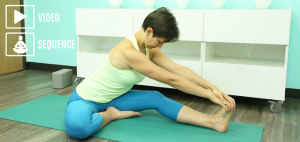
Let go of the iHunch: Improve your posture yoga practice
Research shows that a stooped posture you get into while looking at your phone has a great impact on both your physical and mental state. Try this yoga practice to combat the iHunch.

Yoga practice for static and dynamic balance training
Try this yoga practice that contains a number of simple standing balancing poses that will help you train both static and dynamic balance.
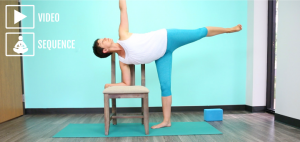
Chair yoga practice for the hips
This chair yoga practice is designed to strengthen your hips and stabilize your sacrum, which is particularly useful after traveling.
 20 superposes that carry maximum benefit
20 superposes that carry maximum benefit
Certain yoga poses can be described as “superposes” because they carry incredible “nutritional value” for our bodies. What makes them powerful is their incredible diversity. They are benefit-dense, accessible to most students and offer multiple options. Here is a list of 20 superposes with many useful variations.
Shoulders
 Get your shoulders out of the box
Get your shoulders out of the box
Three ways to protect your shoulders in your daily life and yoga practice
One simple move to loosen up your shoulders
Knees
The knee joint – much more then a simple hinge (and why it matters)
Wrists and ankles

How to heal your shoulder by working around it
The shoulder often ends up on the receiving end of what’s happening elsewhere in the body. This yoga practice will help you liberate your shoulders from the incessant pulling of the surrounding structures.
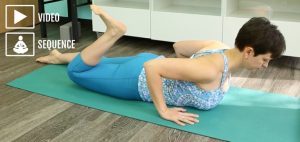
Yoga practice for knee stability
In this yoga practice we work “around” knee discomfort by working with the muscles around the knee joint – front and back, inside and outside, above and below. It is the balanced healthy relationship between all those areas that keeps our knees happy and strong.

Yoga practice for wrists and forearms
Your hands, wrists and forearms get tight and tense just like the muscles elsewhere in the body. Try this yoga practice to release tension, increase range of motion and make your wrists and forearms stronger and more supple without putting too much stress on them.
Office yoga

Who benefits from yoga at the workplace?
We know that yoga changes those who practice it. But what about those who never step foot on the mat? Alison Wesley teaches yoga in corporate environments and observes first hand the impact that the mention of yoga has on folks in an office setting.

How to sequence classes for Office Yoga (use the gunas!)
What’s the antidote for the racing mind? Is it stillness? Not necessarily. Alison Wesley explores how to use the yogic concept of the gunas to sequence energy management practices.

Insta-yoga-studio: practice wherever possible
Hatha Yoga Pradipika states that “the yogi should practice Hatha Yoga in a small room, situated in a solitary place, being 4 cubits square, free from stones, fire, water, disturbances of all kinds…” and so on. But what if you don’t have an ideal space? Can distractions enhance your yoga practice?
“Joy! Where are you?” Three ways to find your bliss through your yoga practice

